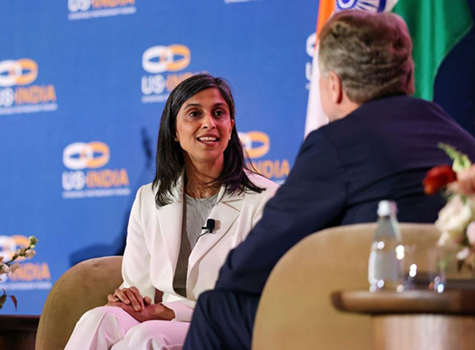What is a “diet”? The word diet is derived from the Middle English diete meaning regular food, diet from early French diete (same meaning), derived from Greek diaita, literally, “manner of living.” So the diet of an individual, group, or population is supposed to be the food and nourishment that is part of the natural living environment. For example, when we visit the zoo, there are information boards at each exhibit telling you the name, scientific name, habitat, and diet of the animal.
Similarly, for us humans, the best diet for us is what helps us live a healthy life. Instead, we have created a society where we have completely changed the meaning of the word. We are on a roller coaster where we seem to continuously be on and off the latest fad diet.
We have seen the cabbage diet and the grapefruit diet and countless such fads come and go. My latest pet peeve is the high protein low-carb diet. There is a push from the gym instructors and the exercise industry that everyone needs more protein. The truth is that more is not always better.
What we need, as all things in life, is a balance. The total amounts of calories we consume come from three major food groups: carbohydrates, protein, and fat. We need all three groups in a balanced manner. Carbohydrates are our source of fuel. Protein and fat are not efficient sources of energy. Therefore we need good carbs in our diet. About fifty percent of our calories should be coming from carbohydrates. When you eat a low-carb diet, your calories are coming from too much protein and too much fat. Worst case scenario is when you choose everything low-carb and low fat and create an environment of deprivation.
I already discussed the importance of fiber in last month’s column. The biggest drawback of a low-carb diet is the lack of fiber. When you limit the amount of whole grains and beans in your diet in the name of carbs, your diet is going to be very low in fiber. As research has shown, fiber supplements do not have the same benefits as eating real food. All foods rich in fiber fall into the carbohydrate category. Moreover, high amounts of protein are proven to be harmful for the heart and the kidneys.
So what is the best diet for our health?
The right answer is a balanced diet that is sustainable for a long time and does not eliminate food groups for a random reason.
For example, another current fad is to go gluten-free. Many people have claimed to have lost weight by going on a gluten-free diet. Gluten is a protein found in wheat, rye, and barley. When people with celiac disease and gluten intolerance eat wheat, rye, or barley, there is a negative immune response created that causes damage in the intestinal lining. The only treatment for celiac disease is to completely avoid gluten.
So how did gluten-free become a fad diet for people who do not have any disease or intolerance? Well, if you apply common sense, when you give up wheat, you are also giving up simple starches such as cookies, crackers, donuts, and pizza. The weight loss is a result of eliminating these simple starches and has nothing to do with eliminating gluten. If you are going to replace a regular cookie with a gluten-free cookie, you may not see any change at all!
In summary, avoid the pitfalls of quick fixes. Eat foods that maintain overall long-term health plus help with weight management and control other risk factors such as diabetes, heart disease, and cancer.
Tips for Healthy Eating
• Do not skip meals; eat 3-5 small balanced meals at regular intervals
• Drink 6-8 cups of water; avoid juice and other sugary drinks
• Limit salt and sugar
• Limit fried foods
• Eat a variety of colorful vegetables
• Eat 1-2 servings of fruits per day; eat fruits either with breakfast or as a snack
• Eat protein at each meal – daal, beans, and nuts. Choose lean meats if you eat non-veg. Limit eggs to 3-4 per week.
• Avoid trans-fat – partially hydrogenated vegetable oil, palm oil, and vegetable shortening (Crisco or Dalda)
• Eat whole grains. Choose whole wheat, brown rice, bulgur, barley, ragi, oats, bajri, jowar, quinoa, whole grain bread and pasta
• Eat healthy fats such as walnuts, almonds, and pistachios and seeds such as sunflower, pumpkin, chia and flax. Use small amounts of canola oil and olive oil for cooking.
• Be mindful of portion sizes
• Limit dairy to 1-2 servings per day. Choose low-fat yogurt, 1% milk, and/or 2% cheese.
• Snack with a purpose – avoid mindless eating
• Get regular physical activity. Find ways to move more.
How to balance your plate:
• Fill half your plate with vegetables. Choose 2 varieties or add a salad.
• Split the other half into 2 quarters.
• Fill one quarter with protein – daal; lentils; beans; tofu; sprouted beans (If you eat animal protein, choose lean cuts)
• Fill other quarter with either one of these whole grains:
chapatti/roti – 2 medium size
¾ cup of cooked brown rice
1 cup cooked whole grain pasta
¾ cup cooked cracked wheat, or any other whole grains.
Posted: Wednesday, August 5, 2015



